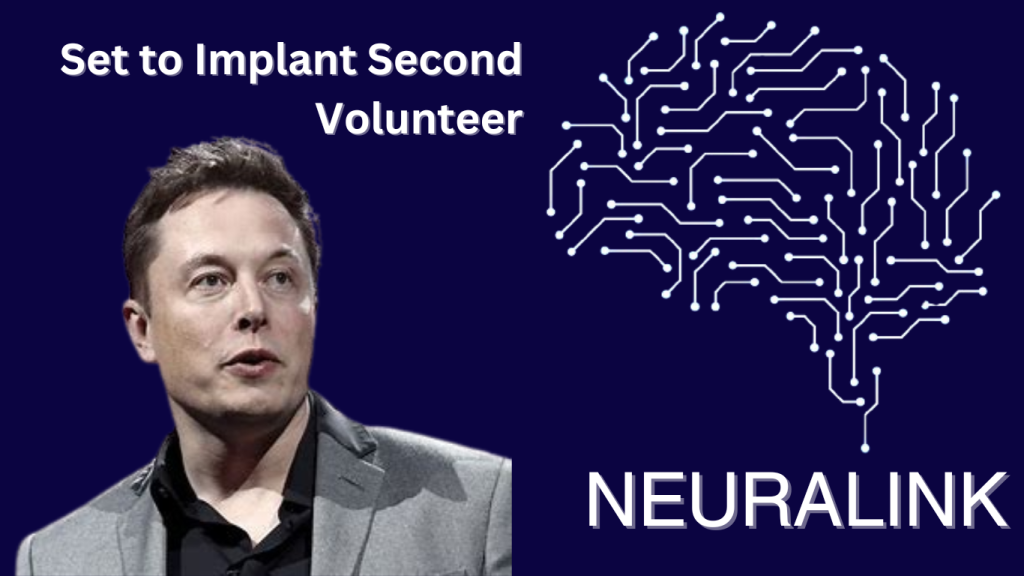Elon Musk the Ceo of Neuralink executives gave an update on X about the company’s next study participant—and its next-generation brain implant.
For those who don’t know about Neuralink – Neuralink Corp. is an American neurotechnology company that has developed, as of 2024, implantable brain–computer interfaces (BCIs), and is based in Fremont, California. Founded by Elon Musk and a team of seven scientists and engineers.
The 64 flexible wire threads of Neuralink’s coin-sized implant, which is positioned in the skull, are thinner than a human hair and reach into the brain tissue. The 16 electrodes on each thread gather the desired movement signals from the neurons.
Neuralink Owner is set to throw another experiment on a second volunteer for his Neuralink development. To assess the device’s functionality and safety in paralyzed individuals, the business is currently conducting an early feasibility study.
Insights to Neuralink’s first Implant
In January, Noland Arbaugh became the first subject to get Neuralink’s brain implant as part of the study. Arbaugh’s 2016 swimming accident left him paraplegic from the shoulders down.
The device was functioning as it should at first. Arbaugh was able to play video games, send emails to pals, and surf the Internet simply by thinking about how to operate a cursor. However, the implant began to malfunction a few weeks after the surgery, and Arbaugh was unable to control the cursor.
He stated that several threads had pulled out of Arbaugh’s brain, resulting in a net reduction in the amount of functional electrodes, in a blog post published on the company website in May. In response, they enhanced the way it converts neural signals into cursor movements and made its neural recording system more sensitive.
Though, according to Neuralink executives, just 15% of the implant’s threads are still functional. Arbaugh is back to utilizing his brain to control a computer. He claimed in a WIRED interview that the gadget has restored his sense of independence.
Neuralink’s Second Implant: Improvements and Vigilance
Musk stated – “We really want to make sure that we make as much progress as possible between each Neuralink patient”. Which suggests that he is trying to avoid the past instance of first patient for the second experiment.
In first implant, the scientists acknowledged Air trapped inside Arbaugh skull which might have led to threads coming out. The head of neurosurgery at Neuralink – Matthew MacDougall says that they will ensure in second human implant to insert the threads deeper into the brain tissue. This will track the movement of those threads to eliminate this air pocket issue in the second implant.
Furthermore, to reduce the space beneath the implant and ensure that it rests flush with the natural contour of the skull, the company’s surgeons intend to “sculpt the surface of the skull.” As a result, “minimise the gap under the implant,” “put it closer to the brain, and eliminate some of the tension on the threads,” according to MacDougall.
Musk stated that he intends to implant Neuralink’s gadget in research participants this year, specifically in the “high single digits.” (Neuralink states in a listing on ClinicalTrials.gov that it intends to enrol three people in its ongoing trial.)
To him, Neuralink is developing a next-generation implant with 128 threads, each with eight electrodes. If the thread placement is precise, he claims this modification might “potentially double the bandwidth.” Musk did not mention when the device will be available for human testing.


